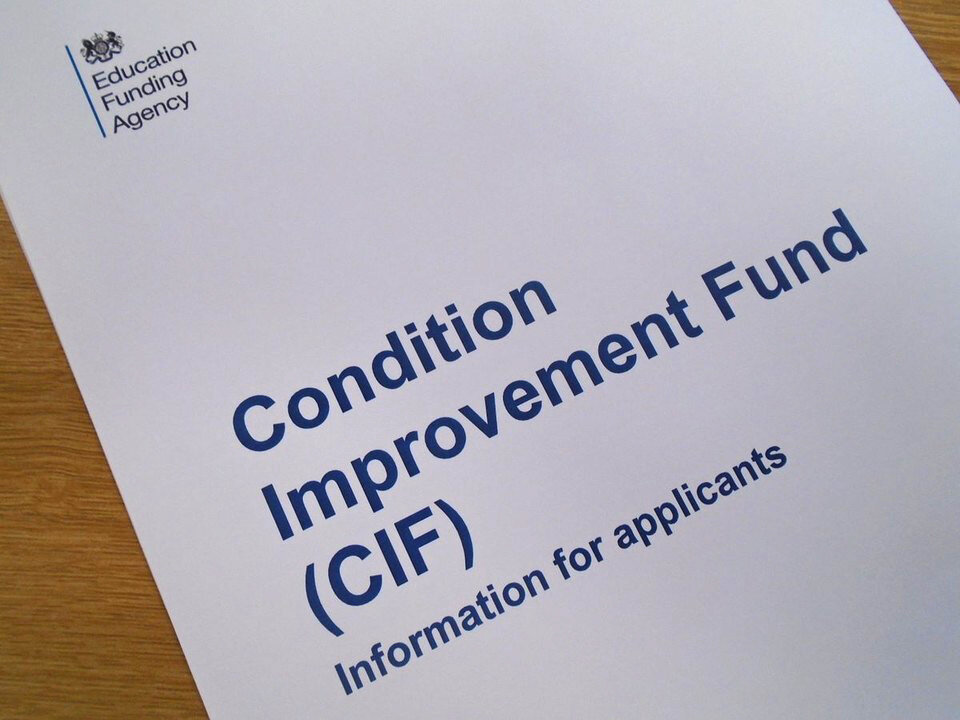GUIDES, ADVICE AND BLOGS
Get useful information, advice and guidance on managing your estate and school buildings.
System-Build Schools: Types, Common Issues, and Management
System-build schools remain a significant part of the UK’s educational infrastructure, offering a fascinating glimpse into the post-war drive for rapid construction. However, their aging structures and inherent defects demand careful management and maintenance.
Why Schools Need Effective Lightning Protection Systems
Installing a lightning protection system ensures peace of mind for school administrators, teachers, students, and parents alike. In a world where safety is paramount, it’s essential to have the right protection in place—before the storm hits.
Emergency Preparedness for Schools: Beyond Fire Safety
While fire drills are a critical part of school safety, true emergency preparedness must go beyond fire safety. Schools face a variety of risks including severe weather, medical emergencies, violence, and more.......
The Building Safety Act and the Principal Designer role.
The Building Safety Act is a landmark legislation in the UK that aims to revolutionize the way buildings are designed, constructed, and managed, with a primary focus on enhancing safety and accountability across the sector.
Understanding and Calculating Net Capacity of a School
When it comes to school planning and safety, understanding and calculating the net capacity of a school is of paramount importance. Net capacity refers to the maximum number of students or occupants a school facility can comfortably and safely accommodate. In this blog post, we'll guide you through the steps to calculate the net capacity of a school and introduce some useful tools and software to simplify the process.
Elevating Your School's Future: The Value of Employing a Building Consultant
Employing a building consultant is a strategic investment in your school's future. The advantages go beyond immediate costs, encompassing optimized facilities, enhanced learning environments, and long-term savings. By understanding the value of these professionals, schools can position themselves for success in a rapidly changing educational landscape. Your school's journey to excellence begins with the right partner – Spicer Surveys - a building consultant dedicated to elevating your institution's potential.
The Importance of a Construction Phase Plan: Ensuring Safety and Compliance
In the ever-evolving world of construction, the safety and well-being of all involved are paramount. The Construction Phase Plan stands as a testament to the industry's commitment to responsible practices. By clearly outlining risks, responsibilities, and safety measures, the CPP creates a framework that ensures projects are not just built, but built safely and in accordance with legal requirements.
Pre-Qualification Questionnaires: Streamlining Contractor Selection and Complying with CDM 2015 Regulations
When embarking on a construction project, selecting competent and compliant contractors is of paramount importance. One effective tool for achieving this is the Pre-Qualification Questionnaire (PQQ), aligned with the guidelines outlined in PAS 91. In this blog, we will explore the importance of PQQs, their role in contractor selection, and how they relate to both the Construction (Design and Management) Regulations 2015 (CDM 2015) and the PAS 91 standard.
Fire Regulations for School Buildings
Fire regulations for school buildings in the UK are in place to ensure the safety and well-being of students, staff, and visitors. There are a number of regulations which are designed to minimize the risk of fire and to ensure that buildings are equipped with the necessary safety features to protect occupants in the event of a fire.
Building Condition Surveys
A building condition survey is an assessment of the physical condition of a building or group of buildings. It involves a thorough inspection of the building's structure, systems, and components, such as the roof, walls, floors, electrical and mechanical systems, and any other relevant features. The survey will typically identify any defects or problems that need to be addressed, as well as any areas that require maintenance or upgrade.
Asbestos Management: Understanding the Difference Between a Management Survey and a Management Plan
Want to find out the difference between and asbestos management survey and asbestos management plane, well here’s your answer…….
What is Reinforced Autoclaved Aerated Concrete (RAAC) and Why is it Dangerous?
Reinforced Autoclaved Aerated Concrete (RAAC) is a lightweight form of concrete. The Standing Committee on Structural Safety (SCOSS) has noted that: ‘Although called “concrete”, (RAAC) is very different from traditional concrete and, because of the way in which it was made, much weaker. The useful life of such (panels) has been estimated to be around 30 years’ (SCOSS Alert, May 2019).
If RAAC is suspected, a specialist Structural Engineer should be appointed. If RAAC is confirmed, the specialist should undertake a detailed assessment and prepare a management and remediation strategy.
Full guidance available from the Dfe HERE
What is a Principal Designer?
A Principal Designer under the Construction (Design and Management) Regulations (CDM Regs) is a person or organization appointed by the client to plan, manage, and monitor the pre-construction phase of a project to ensure that health and safety risks are identified and controlled. They are responsible for coordinating the work of all designers involved in the project and ensuring that the design is safe and compliant with the CDM Regs. They also have a duty to provide information, instruction, and training to other designers and the construction team to ensure that the project is constructed in accordance with the design.
Good Estate Management For Schools
GEMS or Good Estate Management for Schools, is the latest guidance for educational premises issued by the Department for Education (DfE). It is a set of guidelines that provide advice and recommendations for the design, construction, and maintenance of educational buildings in England. The guidance is intended to help ensure that educational premises are safe, healthy, and suitable for their intended use.
CDM 2015 Quick Guide For School Clients
Just because a project is small, doesn’t mean you can forget about CDM. It still applies, and it is important to be familiar with the requirements and your duties.
The condition improvement fund
What is CIF, who can apply and how to go about it; a streamlined version of the Current Guidance…..
Start early, appoint a professional to help you and be successful!
Safe for life
The holistic approach to fire safety brings together all the information to devise a coherent plan covering all elements necessary to compliance, from project inception through the lifecycle of the building. This is likely to entail a bespoke approach for each asset. The process should continue through building adaptations, and will consider the effect each of these and all building works on the existing fire strategy. This requires continuous auditing, reviews and planning.
Disclaimer
...
Disclaimer ...
This blog is intended for informational purposes only and reflects the understanding and knowledge of the author at the time of writing. While every effort has been made to ensure the accuracy of the information provided, building standards, regulations, and laws are subject to change.
Readers are advised to consult a qualified building professional or legal advisor to confirm the current requirements and best practices.
The author and publisher accept no responsibility for any discrepancies, errors, or omissions.



















